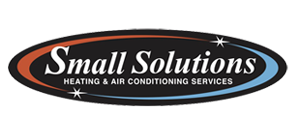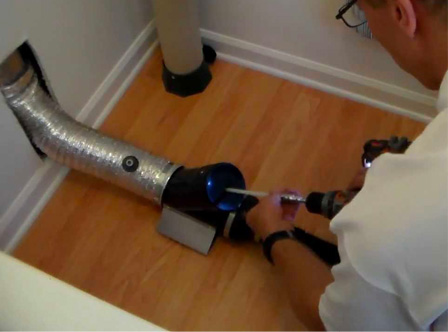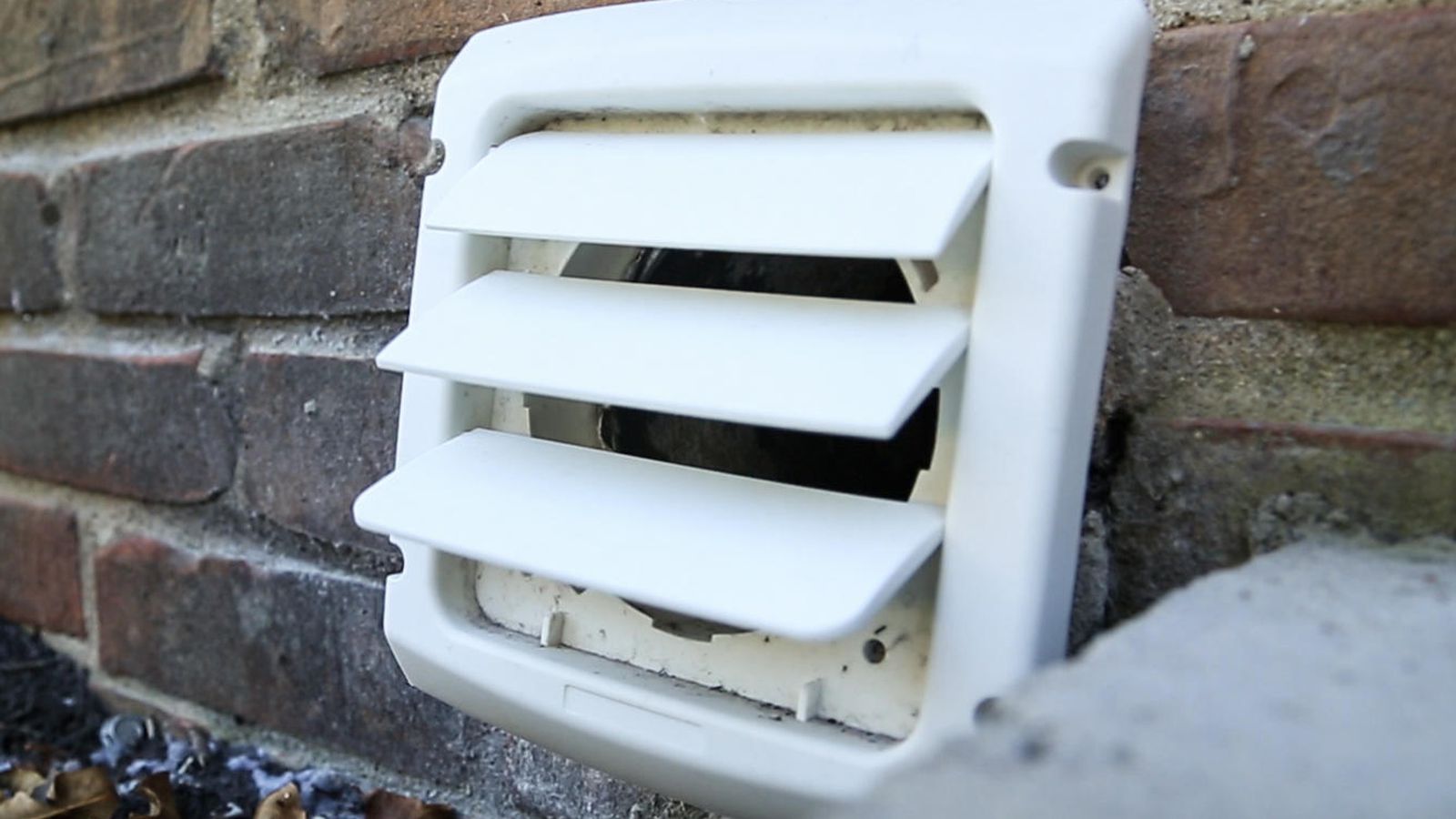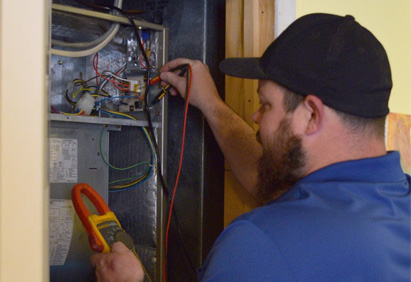There’s not a bad reason to want to improve the quality of your indoor air, whether it’s in your home or business. One easy, cheap, and environment-friendly way to better the quality of your indoor air is by purchasing a houseplant!
As stated, houseplants are inexpensive and easy to maintain, but they also have a very functional purpose. Certain houseplants remove a lot of various chemicals in the air including but not limited to: formaldehyde, benzene, ammonia, etc. These plants that take tiny amounts of water can make a huge difference in your air quality!
One unique thing about all of these plants, is that they all remove formaldehyde. Surprisingly, formaldehyde is an organic chemical that is extremely prevalent in our environment, including within our homes. There is a lot of possible sources of formaldehyde within our home or business’s air including: combustion devices (such as natural gas stoves, kerosene space heaters, or tobacco smoke); pressed wood products (such as particle board, decorative paneling, or plywood); and other household products (such as disinfectants, deodorants, shampoos, and cosmetics). With all of these as possibilities of bringing formaldehyde into our air, making sure to have things as simple as toxin-removing houseplants just makes sense!
Here is a list of 9 houseplants that can improve your indoor air quality and what chemicals they remove:
Garden Mum
Removes: Formaldehyde, Ammonia, Benzene, and Xylene
Spider Plants
Removes: Formaldehyde and Xylene
Dracaena
Removes: Formaldehyde, Benzene, Xylene, and Trichloroethylene
Ficus/Weeping Fig
Removes: Formaldehyde, Benzene, and Trichloroethylene
Peace Lily
Removes: Formaldehyde, Ammonia, Benzene, and Trichloroethylene
Boston Fern
Removes: Formaldehyde and Xylene
Snake Plant/Mother-In-Law’s Tongue
Removes: Formaldehyde, Benzene, Xylene, and Trichloroethylene
Bamboo Palm
Removes: Formaldehyde, Benzene, and Trichloroethylene
Aloe Vera
Removes: Formaldehyde and Benzene
Notice: Plants with are houseplants that are non-toxic to house pets. Therefore, be warned, all other plants on the list are toxic to pets. Keep these plants out of reach of pets or only buy houseplants safe for pets!
With all of this in mind, it’s important to note that even though these plants are great to have around, if you are concerned of formaldehyde or other toxins in your homes air or you think you may have IAP (Indoor Air Pollution)- [Find out the symptoms and how to tell if you have IAP by clicking here], then you should consider getting a whole-house air purifier to be certain that your home or business’s air is clean.
Buying houseplants is a quick and simple way to improve your indoor air quality! With this guide, it’s now easier than ever to locate houseplants that best fit your situation! Comment down below if you already own any of these plants or if you give them a try and let us know if they help!




